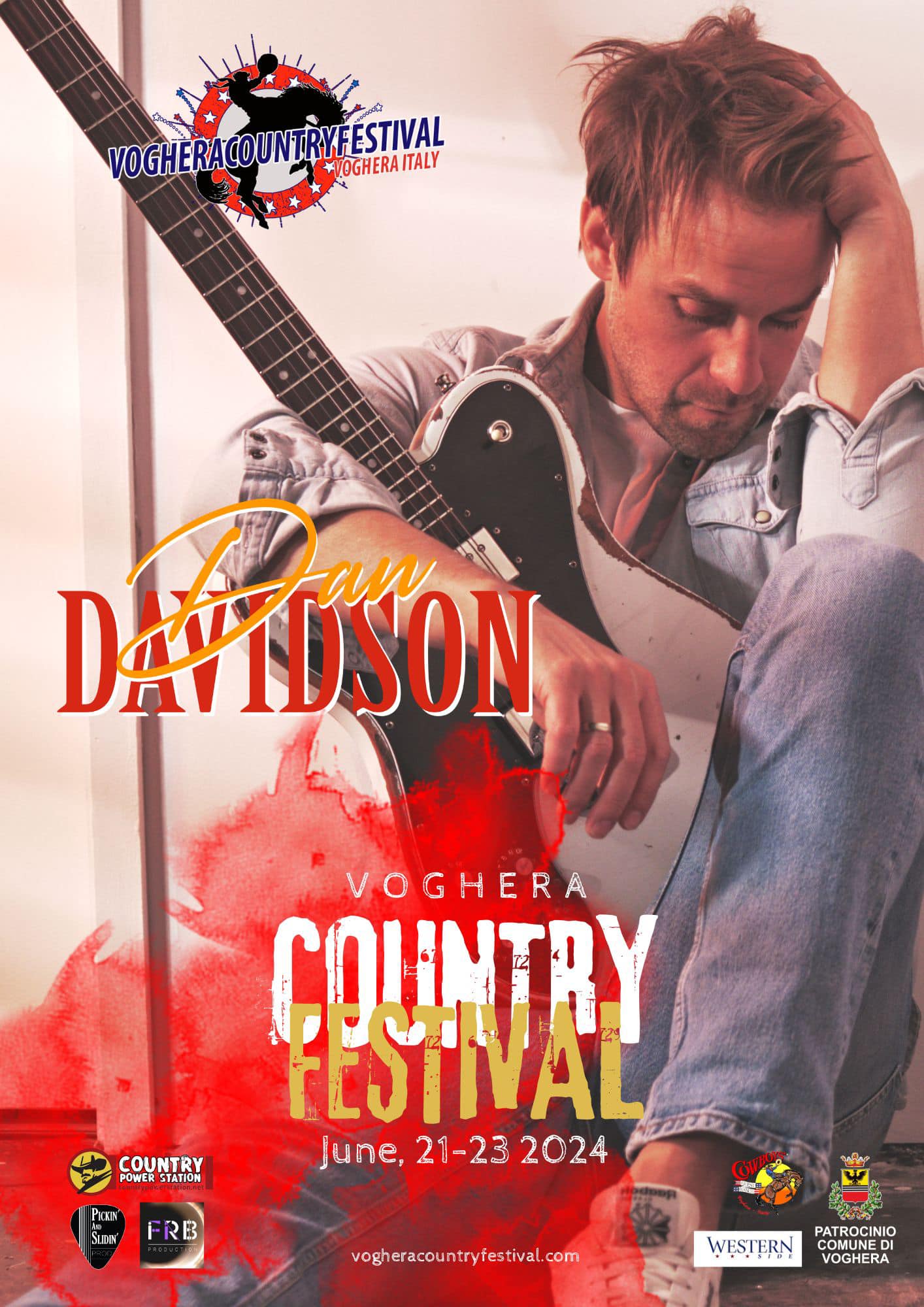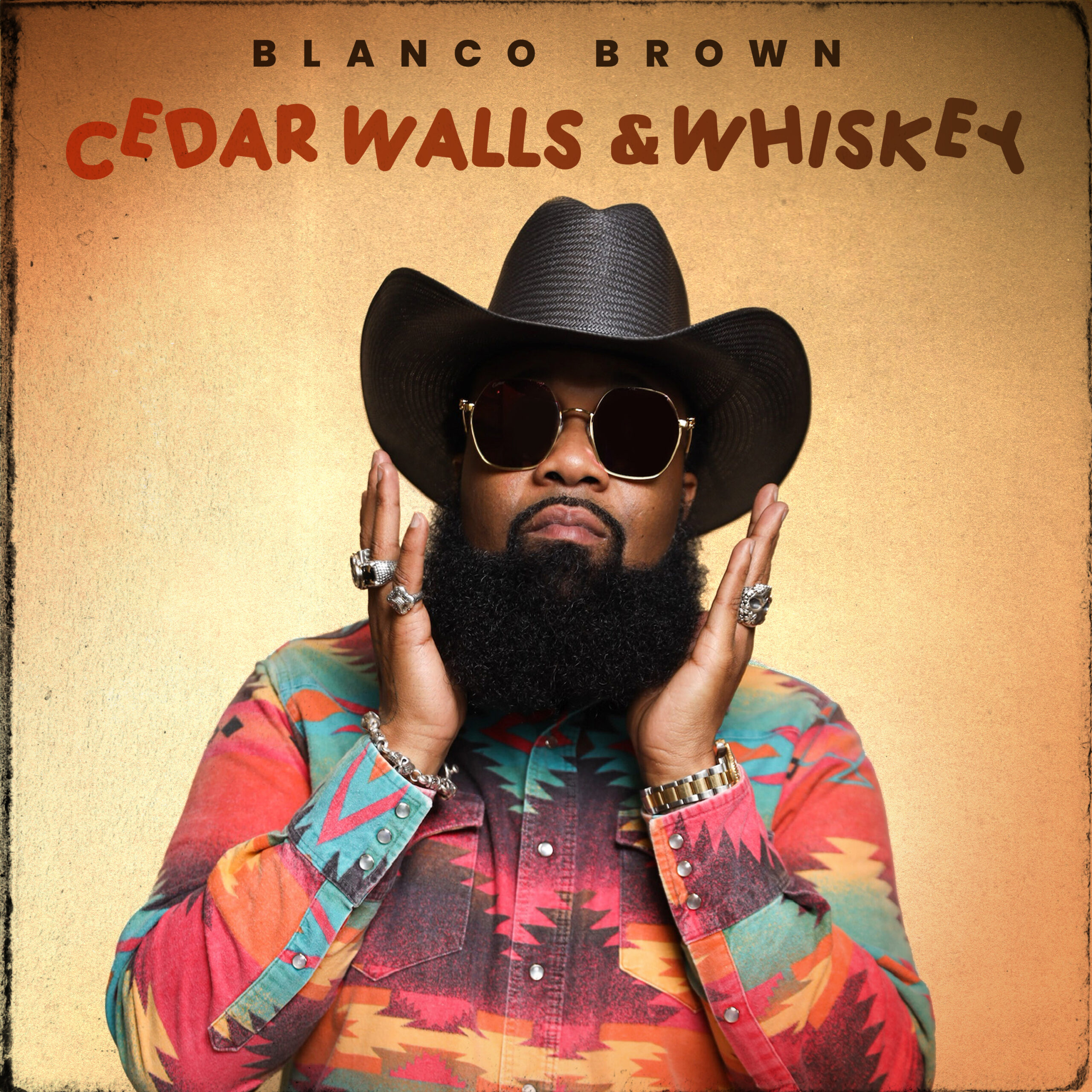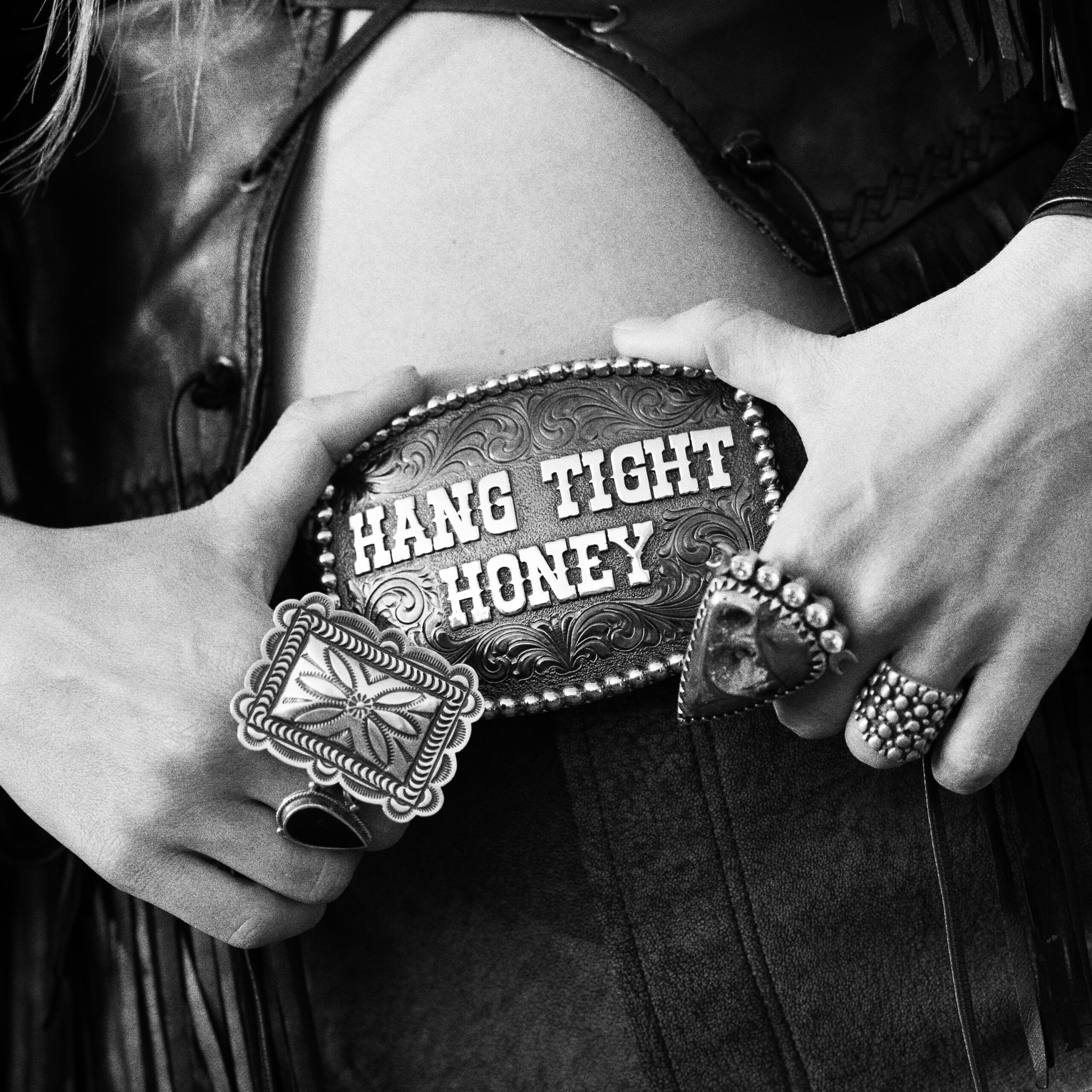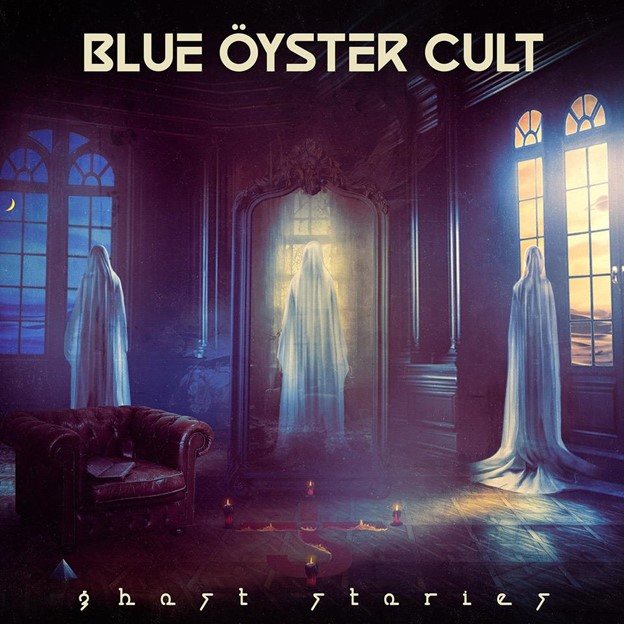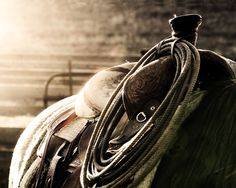 Montecchi and Capuleti, Horatii and Curiatii, carnivores and vegetarians, cyclists and car drivers …. with a little bit of irony, we realise that there are categories that can never really get along. There will always be a curiosity to “try out” a different reality from ones own, an instinct though, which will never be revealed, at all costs. So, “English riding” and “American riding” have always looked at each other with a certain sense of disapproval since the dawn of time, feeding more on the myth of stereotypes than real facts.
Montecchi and Capuleti, Horatii and Curiatii, carnivores and vegetarians, cyclists and car drivers …. with a little bit of irony, we realise that there are categories that can never really get along. There will always be a curiosity to “try out” a different reality from ones own, an instinct though, which will never be revealed, at all costs. So, “English riding” and “American riding” have always looked at each other with a certain sense of disapproval since the dawn of time, feeding more on the myth of stereotypes than real facts.
On the one hand, the classical mount: technical, light, elegant. The type of riding that is often used even in America as an approach to the horse, thanks to the correct posture it confers. Over the centuries, different disciplines have developed, unknown to those who only see white pants and shiny boots. In fact they don’t see the same mud which is shoveled by those who love the Western life. They do not see the pain, the falls, the dirt, the medicaments, the real struggle, the one that breaks a man regardless of the style of pants he wears. They do not see that behind the apparent elegance, exists a miner’s resistance, that seeks to convert the strength of a 5 ton opponent, into grace, collaboration and friendship.
This, of course, only when you believe in good horsemanship.
On the other hand there’s the American or Western riding, young but legendary at the same time, with its carved saddles, soft harnesses that combine charm and practicality, the myth and the pride of a dirty boot. The lover of the English style would immediately see severe spurs, invasive bits, harmful spins. These people do not see so many things, though. They do not see that individual, who tries to establish a relationship with his companion.
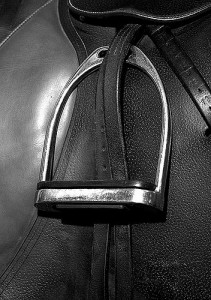 They do not know about riding a horse in a halter. They do not see many other aspects: the symbiosis of long distances covered together maybe even working the cattle, the pleasure of lowering the brim of the hat while galloping against the sun, the work of a man with his horse as if they were one, the choice to give the first sip of water to his companion before himself.
They do not know about riding a horse in a halter. They do not see many other aspects: the symbiosis of long distances covered together maybe even working the cattle, the pleasure of lowering the brim of the hat while galloping against the sun, the work of a man with his horse as if they were one, the choice to give the first sip of water to his companion before himself.
This, of course, only when you believe in good horsemanship.
Therefore, I wonder, when will it be possible to live the world of country, being able to answer <<Yes, I have been horse riding for 25 years and (in case you ask me) I ride “English”>>, without being looked at with that smirk of superiority. I could stop now and show you my blisters, my tears, the tons of dung that I have cleaned, my choice to live the outdoors with my friend, closer to nature than many American horses. But I won’t. I won’t say a word. I do not judge those who stand in front of me with disapproval written all over their faces just because they have chosen the American riding. I don’t have written on my forehead neither pride for a riding which is often enough carried out incorrectly, nor even disapproval for the other style, the American one, which, if carried out correctly stands out for its dignity and its charm.
I would just like it, if no one needs to justify their own choice, to defend it from prejudice. I would really like it if there were no frontiers to be defended.
What I really want, is for there to be no distinctions between English and American style but only between good and bad horse-riding. (Sara Albanese)


